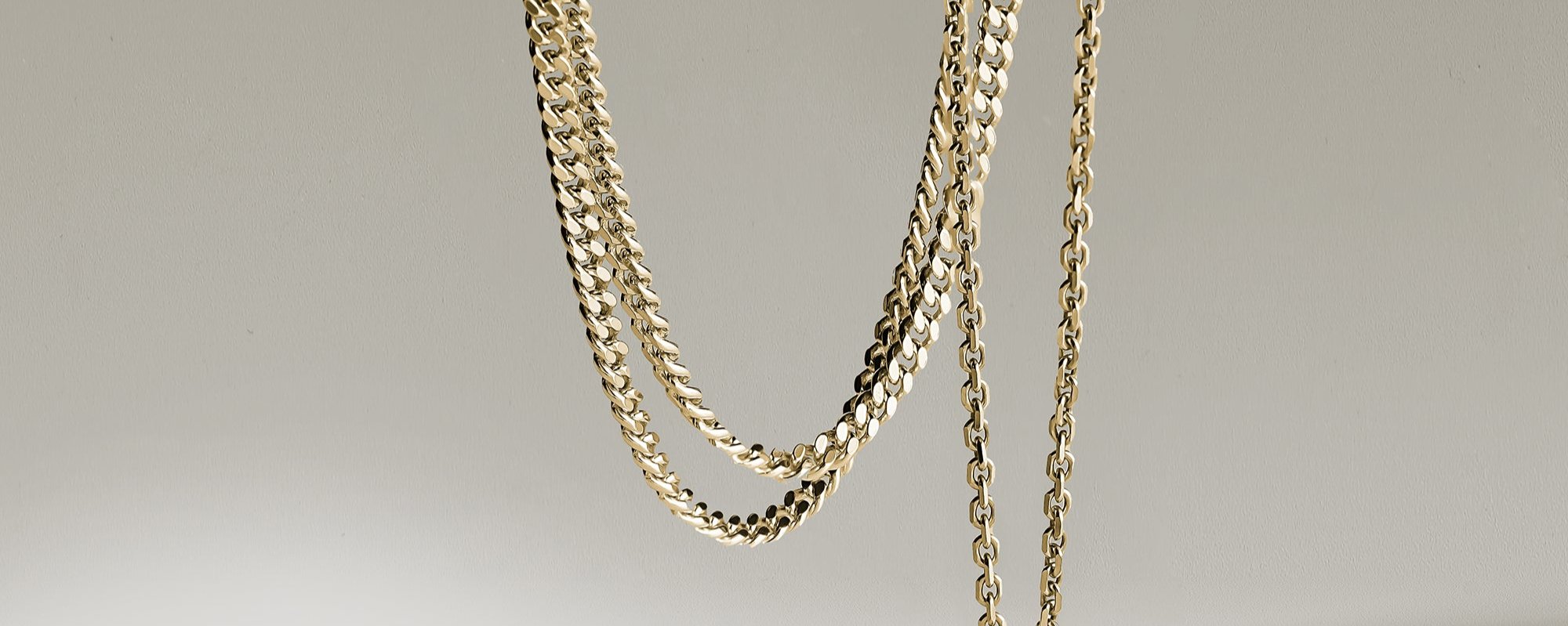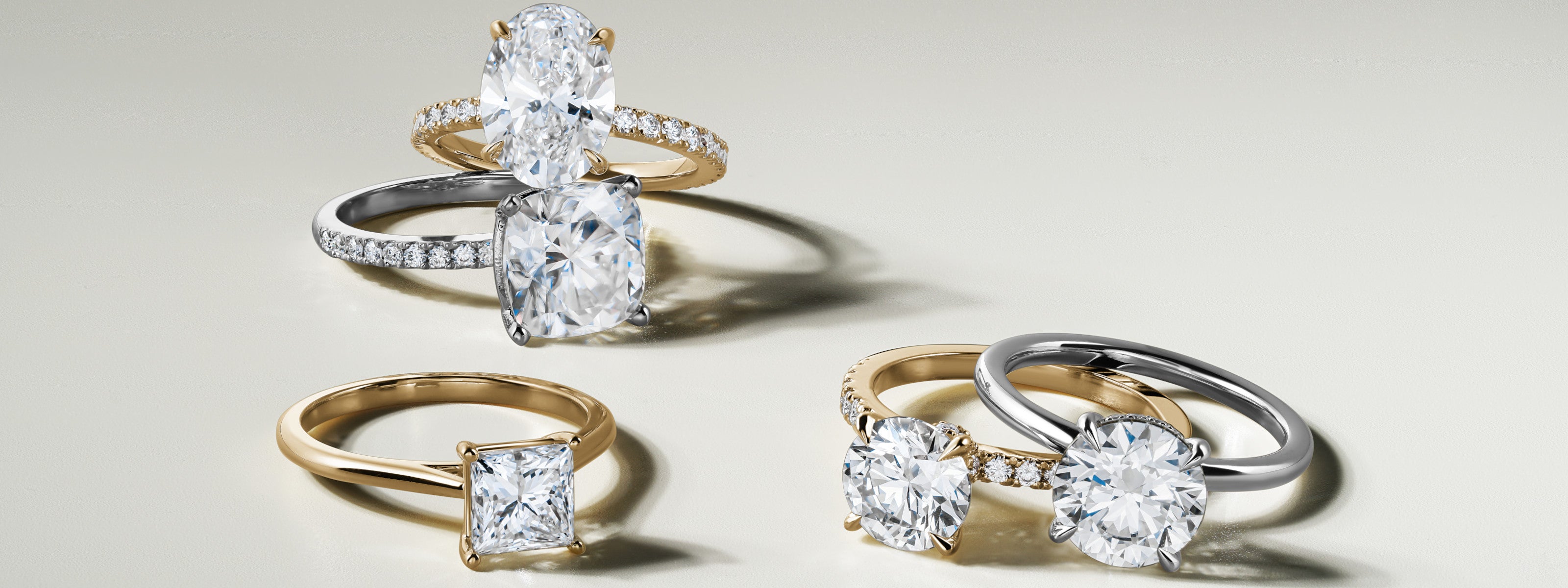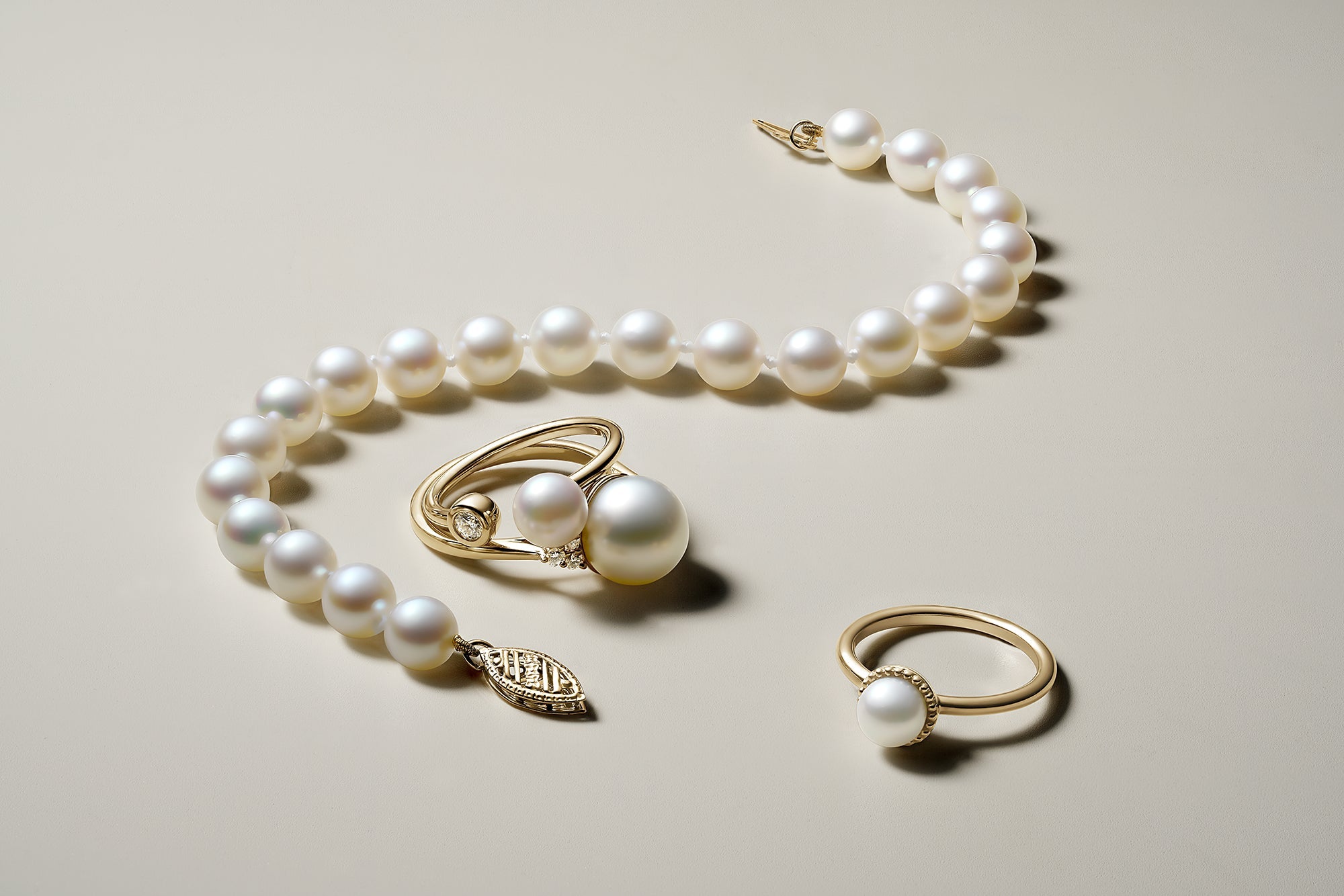
Gold Gold Gold


Gold, renowned for its timeless allure and versatility, is often classified by its purity, measured in karats (k). Here’s a breakdown of the differences between 10K, 14K, and 18K gold, including their characteristics and common uses:
10K GoldPurity: 10 karat gold consists of 41.7% pure gold (or 417 parts per thousand). The remaining composition typically includes alloys such as silver, copper, zinc, or nickel.
Characteristics:
- Color: Due to higher alloy content, 10K gold may appear slightly paler or less rich in color compared to higher karatages.
- Durability: It is the hardest gold metal due to the alloys mixed in, creates a strong bond and more resistant to scratches, making it suitable for everyday wear.
- Price: Typically more affordable than higher karat golds due to lower gold content.
Common Uses:
- Jewelry: Popular for men's jewelry, casual jewelry pieces, and pieces requiring greater durability.
Purity: 14 karat gold consists of 58.3% pure gold (or 583 parts per thousand). The remaining composition is a mix of other metals such as copper, silver, and zinc.
Characteristics:- Colour: Offers a richer and warmer yellow hue compared to 10K gold due to higher gold content.
- Durability: Balances well between hardness and gold content, making it suitable for a wide range of jewelry pieces.
- Price: Slightly more expensive than 10K gold but still more affordable compared to higher karatages.
- Engagement Rings: Often used for engagement rings and wedding bands due to its balance of durability and gold content.
- Fine Jewelry: Suitable for earrings, necklaces, and bracelets that require both beauty and durability.
Purity: 18 karat gold consists of 75% pure gold (or 750 parts per thousand). The remaining composition includes a higher proportion of silver, copper, or other metals.
Characteristics:
- Colour: Offers a deep, rich yellow or white hue (if alloyed with white metals like nickel or palladium).
- Durability: Less resistant to scratching and bending compared to lower karat golds due to higher gold content.
- Price: Generally more expensive due to higher gold content and richer color.
Common Uses:
- Fine Jewelry: Ideal for luxurious and high-end jewelry pieces, including rings, necklaces, and watches.
- Special Occasions: Often chosen for special occasion jewelry due to its high purity and rich appearance.
Each karatage of gold offers unique characteristics that cater to different preferences and needs. Whether you prefer the affordability and durability of 10K gold, the balance of 14K gold, or the luxury and richness of 18K gold, understanding these distinctions allows you to choose gold jewelry that suits your style, budget, and occasion perfectly.



